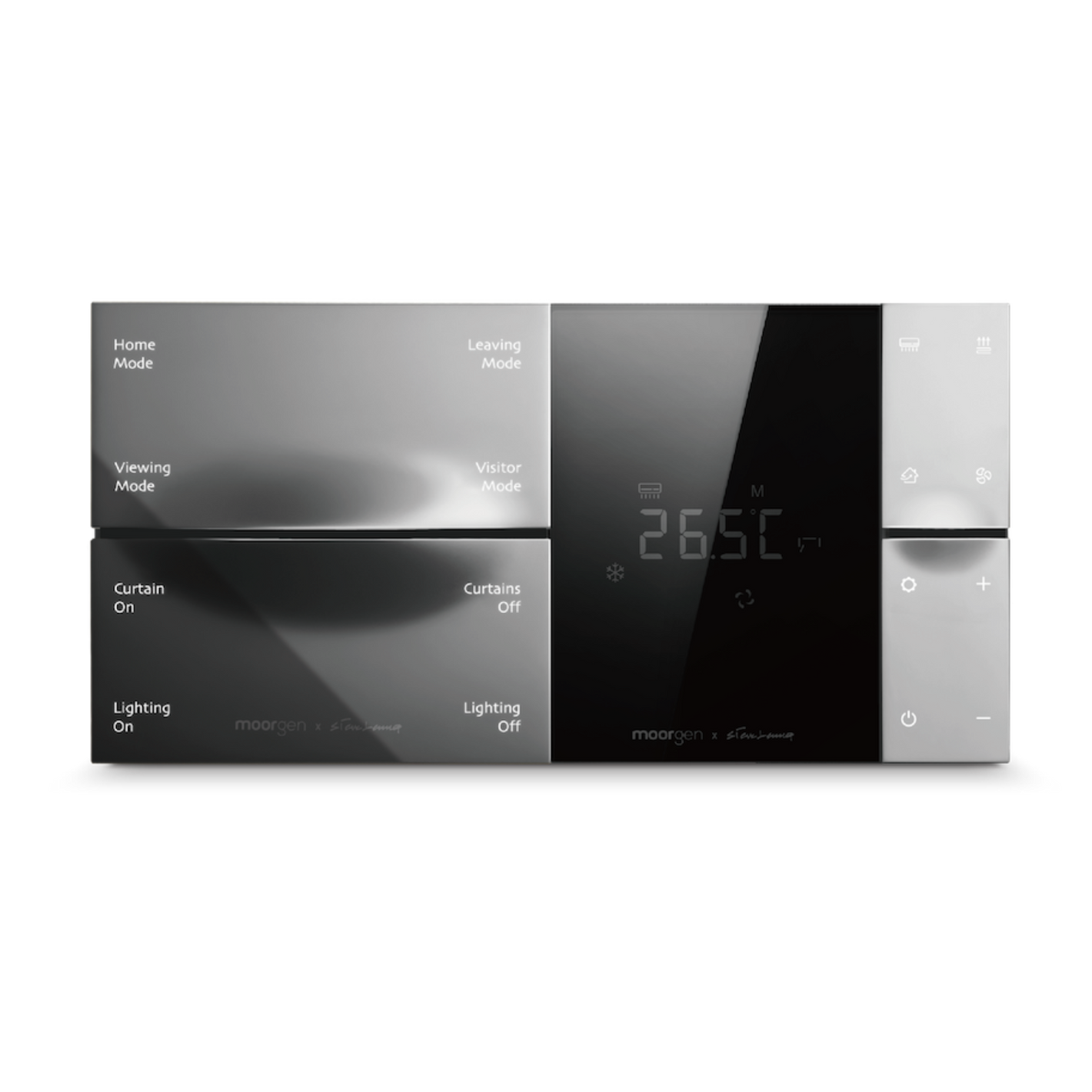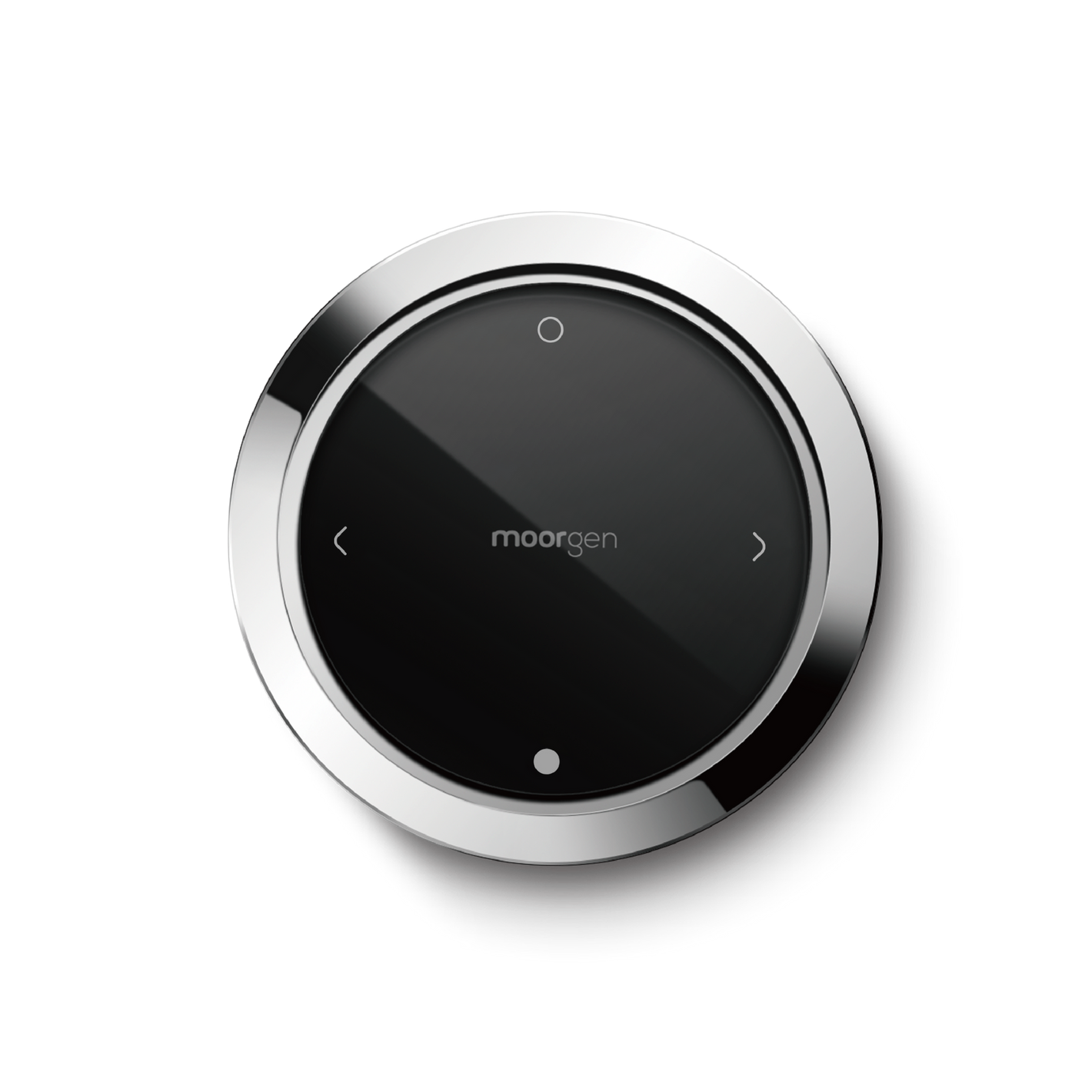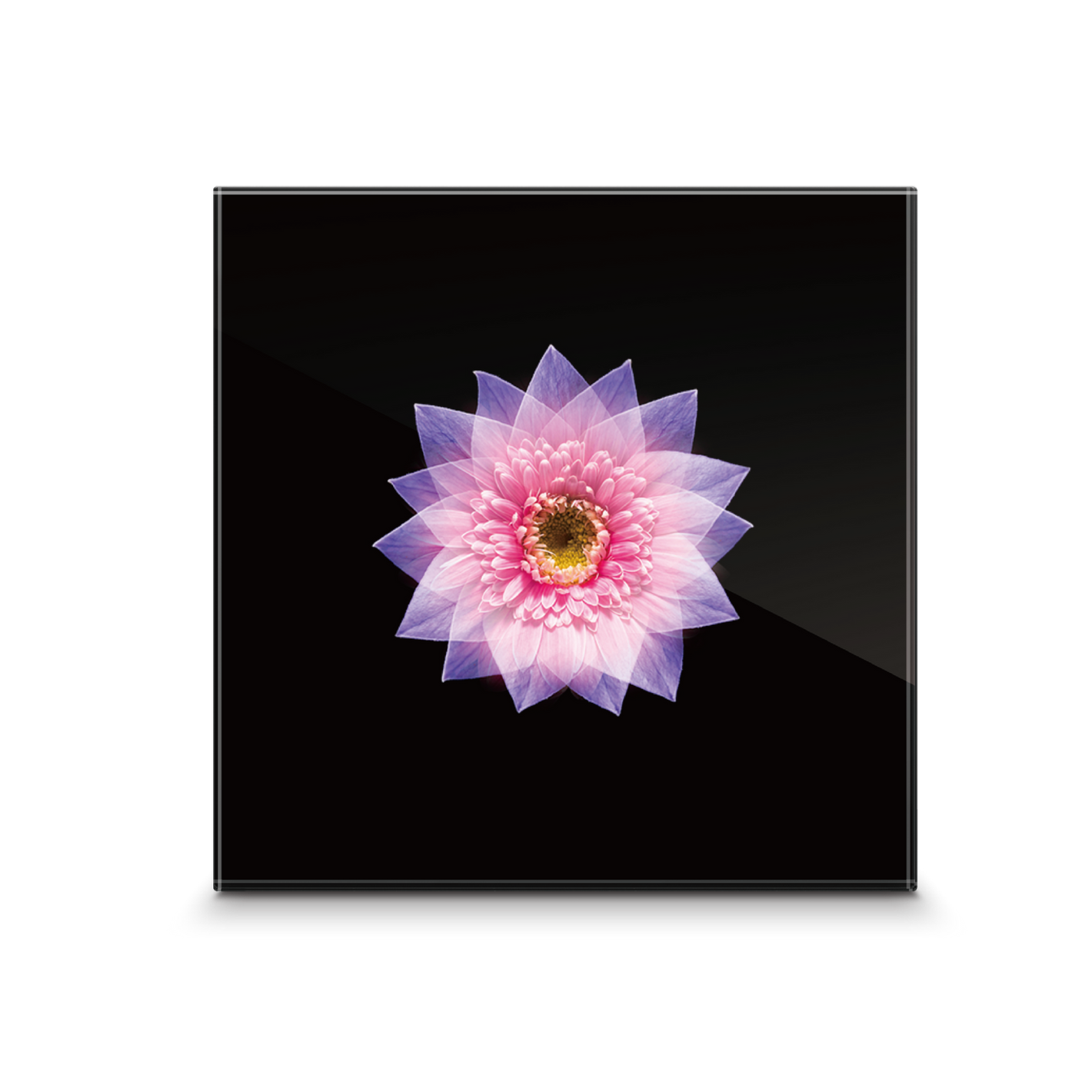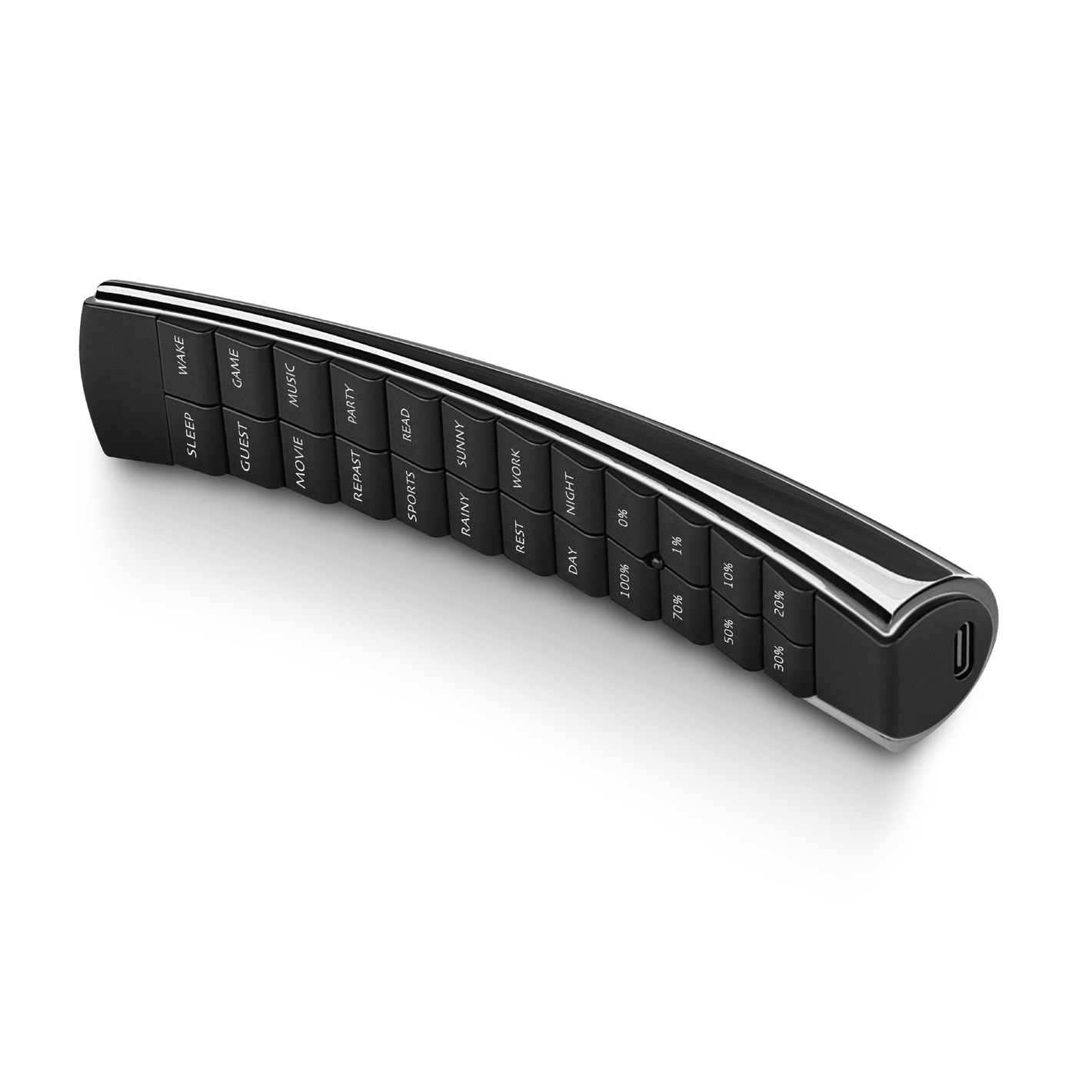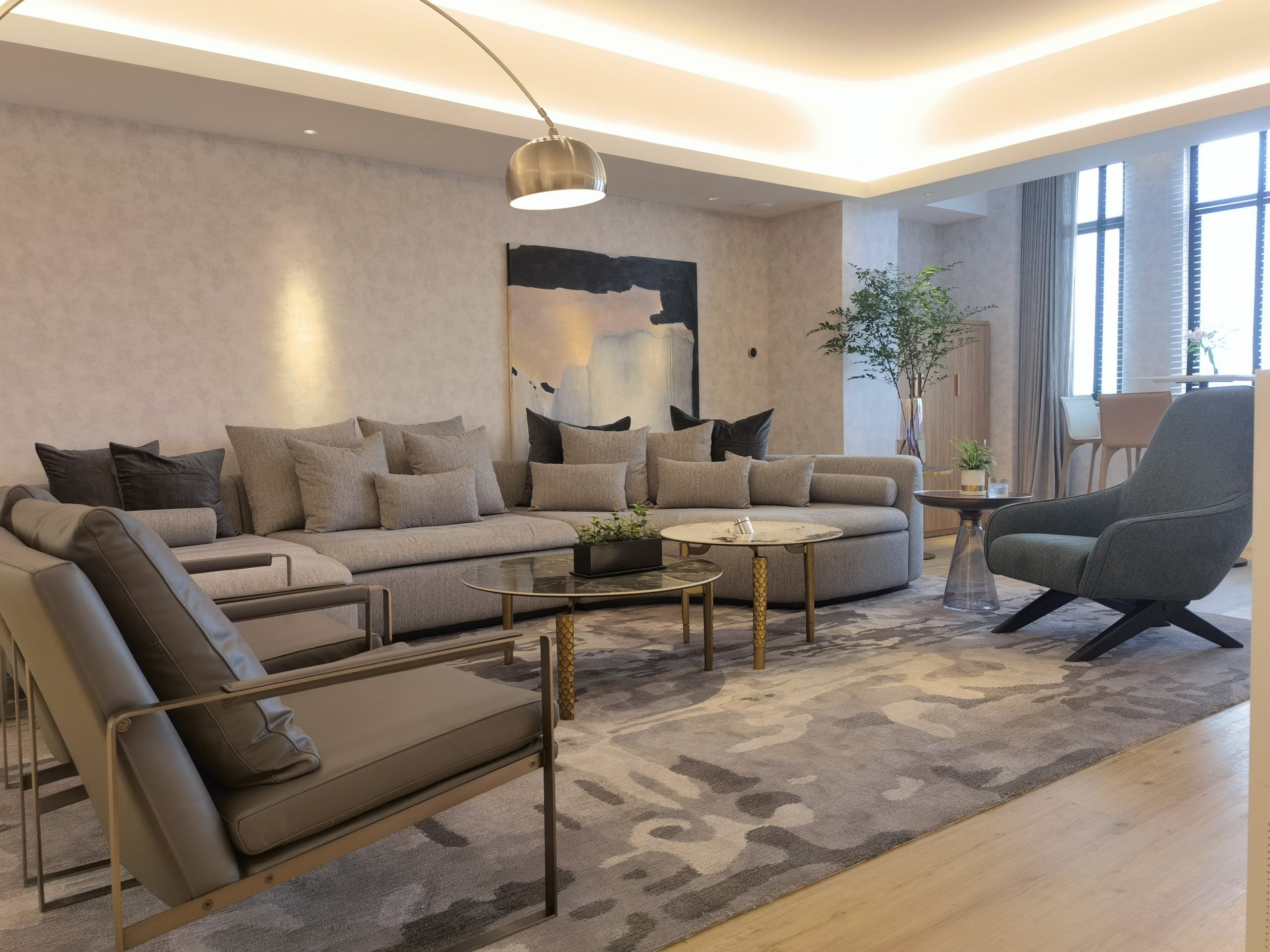【Smart Home】Guide to Choosing a Dehumidifier - Explaining How Dehumidifiers Work, Compressor Type, and Desiccant Type
Hong Kong experiences high humidity for most of the year, especially during spring and summer. Clothes take forever to dry, and the entire house feels damp with a constant musty odor. Dehumidifiers have become a staple appliance in Hong Kong households. But how do dehumidifiers work? What are the differences between commonly seen compressors, desiccants, and hybrid dehumidifiers? This article from Moorgenzine will surely help you choose the right dehumidifier.
Key points of this article:
- Types and operating principles of dehumidifiers
- Compressor dehumidifiers
- Desiccant dehumidifiers
- Hybrid dehumidifiers
- How to choose a dehumidifier?
- 7 tips for better use of dehumidifiers
- Can an air conditioner be used instead of a dehumidifier?
Types and Operating Principles of Dehumidifiers
Dehumidifiers come in various types and sizes, but they mostly operate on the principle of "heat exchange," categorized into 3 main types:
- Compressor dehumidifiers
- Desiccant dehumidifiers
- Hybrid dehumidifiers
1. Compressor Dehumidifiers
Compressor dehumidifiers are the most common type. Their operating principle is similar to that of air conditioners. When indoor air is drawn into the dehumidifier, it circulates between coils containing refrigerant and coils for heat exchange. The temperature difference between the coils causes moisture in the air to condense on the cold coil's surface, forming droplets of water. Once the droplets reach a certain weight, they drip into a collection tank. The dehumidified air then passes through the heat exchange coil, where it's warmed before being released back into the room.
2. Desiccant Dehumidifiers
As the name suggests, desiccant dehumidifiers absorb moisture from the air using a desiccant material, typically silica gel. The moisture absorbed by the desiccant is then expelled using a heater. When the moisture in the air encounters a temperature difference, it condenses into water droplets, which are collected in a reservoir.
3. Hybrid Dehumidifiers
Hybrid dehumidifiers combine the principles of compressor and desiccant dehumidifiers. They switch between different dehumidification modes depending on the situation. However, hybrid dehumidifiers are less common in Hong Kong.
According to Consumer Council reports, under normal circumstances, the dehumidification performance of hybrid and compressor dehumidifiers is more affected by temperature and humidity, while desiccant dehumidifiers' performance is relatively stable. If a dehumidifier is needed year-round, a desiccant dehumidifier might be the better choice.
How to Choose a Dehumidifier?
After understanding the three different types of dehumidifiers, the next question is undoubtedly how to choose the right one. Here are some factors to consider when purchasing a dehumidifier:
- Household area and dehumidification capacity
- Water tank capacity
- Energy efficiency/power consumption
- Design of the dehumidifier
- Additional features
1. Household Area and Dehumidification Capacity
In general, relative humidity levels of around 70% - 80% in Hong Kong during spring and summer:
- 150 square feet of living space requires an 11-liter dehumidification capacity.
- 300 square feet of living space requires an 18-liter dehumidification capacity.
- 500 square feet of living space requires a 24-liter dehumidification capacity.
- 700 square feet of living space requires a 28-liter dehumidification capacity.
These are general guidelines, and if you live in particularly humid areas like Tseung Kwan O, Tai Po, or Tsuen Wan, or in extremely humid environments such as near the coast or on mountains, you may need a dehumidifier with a higher capacity.
However, when evaluating dehumidification capacity, don't rely solely on the manufacturer's "standard" figures, as they tend to be higher. Also, consider another figure - the "energy efficiency standard."
Manufacturer's Standard
As mentioned above, the dehumidification capacity according to the manufacturer's standard tends to be higher. This is because manufacturers test dehumidifiers in humid and hot environments, resulting in higher dehumidification capacities. Under normal daily use, such high humidity and temperature levels are unlikely to occur.
Energy Efficiency Standard
The "energy efficiency standard" is a more objective measure based on the American National Standards Institute (ANSI/AHAM). Dehumidifiers are tested in specific conditions (26.7°C and 60% humidity), which are closer to daily life.
2. Water Tank Capacity
The second factor to consider is the water tank capacity. Imagine having a high dehumidification capacity dehumidifier but with a small water tank; wouldn't you be constantly emptying it? So, if you choose a dehumidifier with a high dehumidification capacity, you'll need a corresponding water tank size. Typically, dehumidifiers have a water tank capacity of at least 2 liters, with larger tanks up to 15 liters. Manufacturers usually design the tank size to be sufficient for 4 hours of dehumidification. Of course, a larger tank means a larger dehumidifier, so consider whether you have enough space to place a large tank dehumidifier.
Additionally, some dehumidifiers can be connected to a drain, allowing continuous drainage without the need to empty the tank regularly. However, connecting to a drain should also be considered, such as how to connect a dehumidifier in the living room to a drain without being obtrusive.
3. Energy Efficiency / Power Consumption
I believe everyone is familiar with the "energy efficiency label," and it's common sense to choose a dehumidifier with a "Grade 1 energy efficiency rating"! Moreover, the "energy efficiency label" on dehumidifiers also includes data on water extraction per kWh, making it easier for everyone to find the most energy-efficient dehumidifier.
Like air conditioners, many dehumidifiers now have inverter technology, which automatically adjusts operation according to indoor humidity and temperature, saving energy while maintaining humidity levels.
Dehumidifiers generally have low power consumption. For example, a dehumidifier with a dehumidification capacity of 16 liters consumes approximately 250-300 watts. Even if it's run for four hours, it only consumes 1000-1200 watt-hours (approximately one kWh), which is not significant.
4. Dehumidifier Design
Desiccant dehumidifiers typically weigh around 7-8 kilograms, making them smaller in both weight and size compared to compressor dehumidifiers, making them more suitable for small units.
Compressor dehumidifiers weigh and volume are roughly twice that of desiccant dehumidifiers, typically exceeding 10 kilograms. They are not recommended for use by the elderly.
If you want to choose a larger or heavier dehumidifier or need to move it frequently between different rooms, it is recommended to choose a model with handles or wheels for easy movement.
5. Additional Features - Air Purification, Sterilization, Smart Home Systems, etc.
Finally, you can consider other additional features of dehumidifiers, such as:
-
Air purification
Can serve dual purposes, making indoor spaces fresher. However, dehumidifiers with air purification functions generally have filters that need to be replaced regularly, which may incur additional costs.
-
Sterilization
Sterilization function usually involves UV radiation on the air discharged from the dehumidifier, reducing bacteria in indoor air.
-
Drying clothes and shoes
For Hong Kong's humid weather, some dehumidifiers have functions for drying clothes and shoes. Some dehumidifiers can be equipped with accessories to dehumidify wardrobes and shoe cabinets, so even if it rains in summer, you don't have to worry about wet shoes not drying.
-
Automatic humidity control
Some dehumidifiers have automatic humidity control, which can automatically shut down and restart according to indoor temperature and humidity.
-
Smart dehumidifiers
With the prevalence of smart homes, everyone wants a smarter home. Smart dehumidifiers have emerged, which can be connected to smartphone apps or smart panels, allowing not only time adjustment but also setting indoor environments to a specific humidity level. Some advanced smart home brands like Moorgen offer smart dehumidifiers, providing a one-stop smart home experience.
7 Tips for Better Use of Dehumidifiers
In Hong Kong, dehumidifiers are often used for extended periods, causing rapid wear and tear. So how can dehumidifiers be used more efficiently? Below are some recommendations from the Consumer Council and Moorgen Smart Home:
- Place the dehumidifier on a stable surface.
- Do not block the air outlet, air inlet, or humidity sensor of the dehumidifier.
- Ensure there is enough space around the dehumidifier for effective heat dissipation.
- When drying clothes, do not place them directly above the dehumidifier to avoid water dripping on the dehumidifier.
- When the dehumidifier is running, try to close doors and windows to prevent outdoor moisture from entering indoors.
- After turning off the dehumidifier, wait at least 3 minutes before restarting to avoid rapid temperature rise when starting, which may affect its lifespan.
- Regularly clean the water tank and dust filter to prevent the growth of algae, accumulation of dust, and breeding of bacteria, which not only affects its lifespan but also has adverse effects on family health.
Can an Air Conditioner Be Used Instead of a Dehumidifier?
In theory, air conditioners also have dehumidification functions, and the operating principle of dehumidification by air conditioners is generally similar to that of dehumidifiers - both use the principle of "heat exchange" to condense moisture in the air into water droplets. The water droplets from dehumidifiers mainly drip into the water tank, while those from air conditioners are directly drained through the drain pipe.
So, wouldn't using an air conditioner for dehumidification be better? Besides serving dual purposes (cooling and dehumidification) without the need for an additional dehumidifier, there are some considerations:
-
Power consumption
Air conditioners consume more power. Long-term use of air conditioners for dehumidification, such as in winter, will significantly increase electricity bills.
-
Temperature impact
The dehumidification performance of air conditioners largely depends on the temperature difference - that is, the temperature difference between indoor temperature and the temperature set by the air conditioner. The greater the temperature difference, the better the dehumidification effect. If there isn't a significant temperature difference, as in spring, the dehumidification effect of air conditioners may be compromised.
-
Narrow dehumidification range
Because air conditioners cannot be moved, they can only dehumidify in a designated space.
-
High wear and tear
Air conditioners generally cost more than dehumidifiers. Using an air conditioner for long-term dehumidification will accelerate wear and tear. When it's time to replace the air conditioner, the cost may not be justified.
If you want to know more about the pros and cons of using air conditioners for dehumidification, you can refer to: Is an Air Conditioner More Effective at Dehumidifying Than a Dehumidifier?
After reading this Moorgenzine article, I believe you have a deeper understanding of how to choose a dehumidifier, the operating principles of dehumidifiers, and how to maintain them. If you have any questions about smart homes, feel free to contact Moorgen at any time. Additionally, if you want to experience the lifestyle enhancements brought by smart door locks firsthand, you can visit Moorgen's showroom in North Point, Hong Kong, and experience Real Smart Home in person.
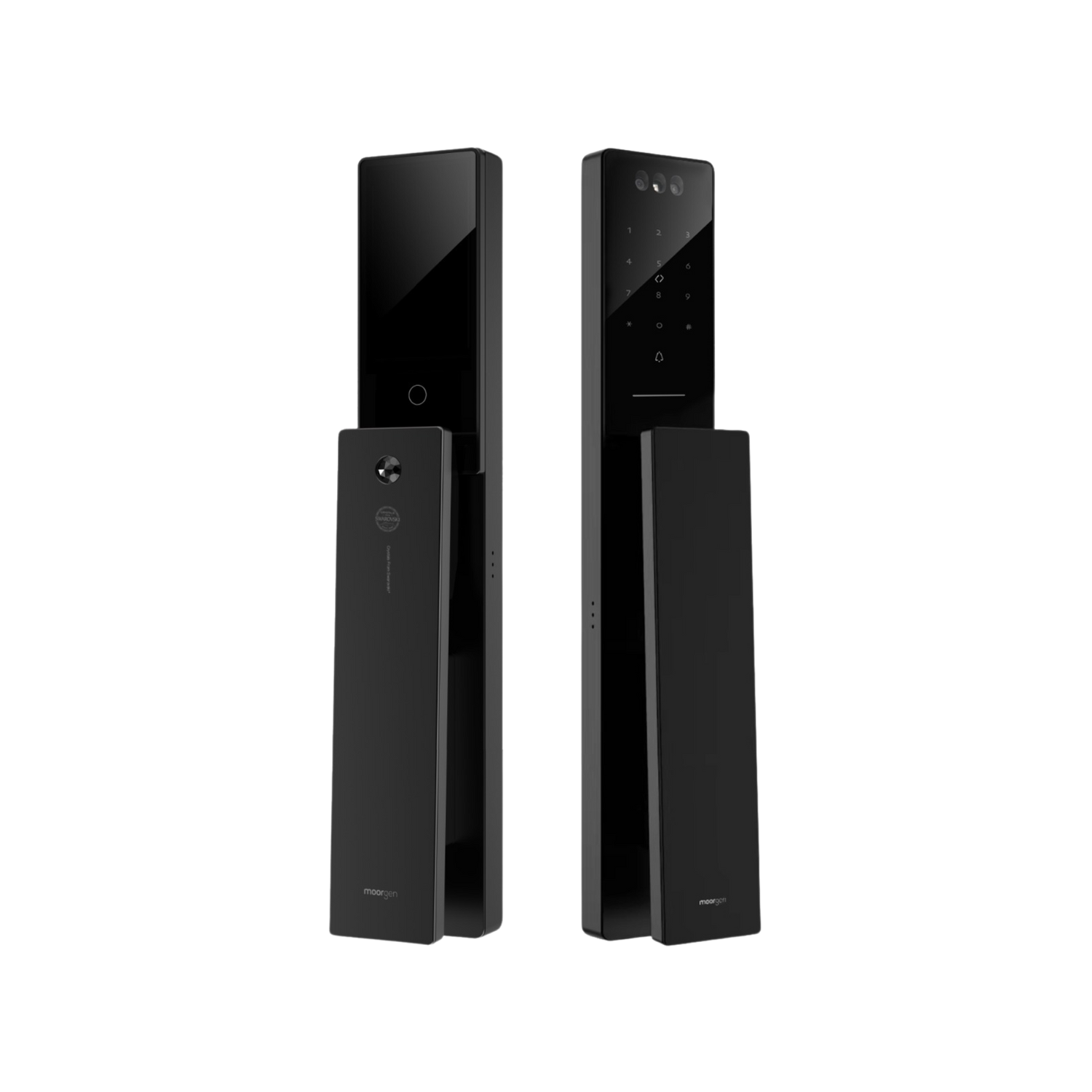


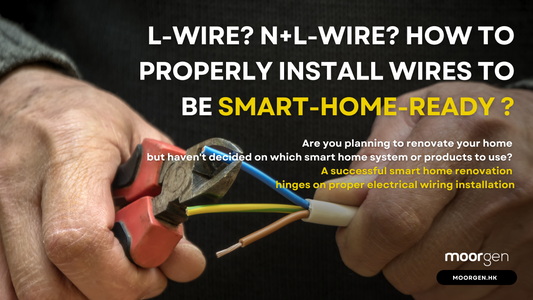

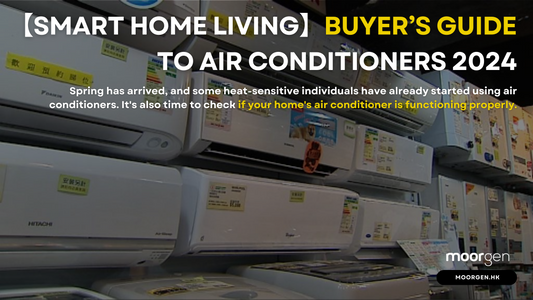

![[Smart Living] How to Choose a Smart Power Strip? Swift Transform Your Home into a Smart Home!](http://moorgen.hk/cdn/shop/articles/blog_cover_moorgen_how_to_choose_smart_power_strip.png?v=1728137093&width=533)
![[Smart Living] How to Choose LED Bulbs? Which Ones Are the Most Energy-Efficient?](http://moorgen.hk/cdn/shop/articles/blog_cover_moorgen_how_to_choose_led_bulbs.png?v=1728136975&width=533)
![[Smart Living] How to Choose an Instant Hot Water Dispenser and Use It Efficiently?](http://moorgen.hk/cdn/shop/articles/blog_cover_moorgen_how_to_choose_instant_hot_water_dispenser.png?v=1728136837&width=533)
![[Smart Living] 5 Energy-Saving Tips for Electric Kettles](http://moorgen.hk/cdn/shop/articles/blog_cover_moorgen_energy_saving_tips_electric_kettles.png?v=1728136710&width=533)
